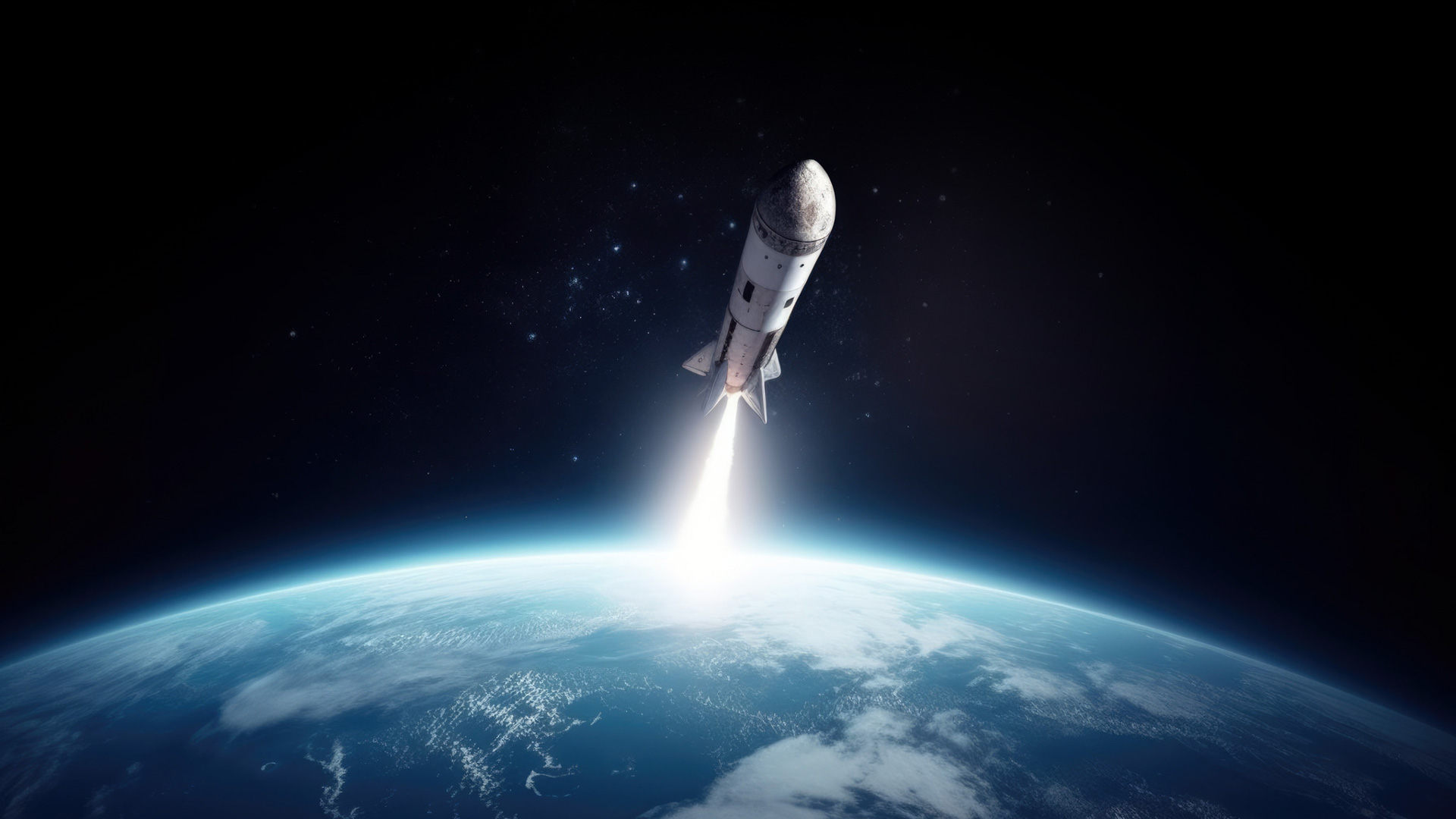Communications
Being far from Earth is hard on the body, both physically and mentally. The ability to communicate with loved ones will help. Two-way 3D holoportation will allow people to broadcast images of themselves to others so, together, they can interact in real time in the same space.





.png)